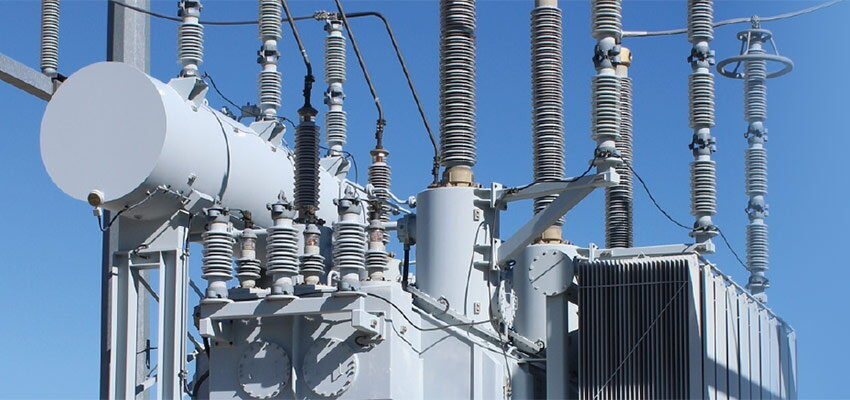
Transformer bushings and oil leaks
Abstract Many oil-filled large power transformers have been in service for years. One issue with aging transformers is addressing oil leaks. This article describes a...
bySteven H. WICKMAN

Abstract
Many oil-filled large power transformers have been in service for years. One issue with aging transformers is addressing oil leaks. This article describes a cost-effective technique for repairing these oil leaks. Repairs can be made without draining the oil, or removing bushings. Often the repairs can be made with the transformer in service. This article presents the techniques used by a company that has been performing leak repairs on electric substation equipment since 1988, and works exclusively on electric substation equipment.
Keywords: transformer bushing, leak repair, power transformer, SF6
- 1. Introduction
The oil-filled large power transformer is still the workhorse of the electric power industry. Even with the advances in the technology of other insulating media, the large oil-filled transformer is still the tried and true major component of the transmission-type electric substation. Additionally, the oil-filled transformer is still the norm when it comes to subtransmission and distribution substations too. The opinion of this author is that many of these transformers were built in the pre-computer era with margin factors based upon manual calculations performed by engineers with a built-to-last mentality. Thus, there are many older oil-filled transformers in service throughout the world. Even though they were built to last, they do have their share of old age issues coming to bear. One of the greatest issues is oil leaks. Gaskets on bushings, radiator flanges, pumps, piping etc. are deteriorating and leaking. If oil is leaking out, there is a risk of moisture and air being drawn in via capillary action, compromising the transformer oil insulating qualities.
The classic repair technique is to take the transformer out of service, drain the oil (usually thousands of gallons), remove radiators, remove bushings, etc. Taking equipment out of service for weeks at a time, and utilizing large substation crews, cranes, tankers, vacuum fill-oil processing trailers, etc. can be a costly endeavor. Today’s electric utility management is monitoring expenses closely. Transmission operations are wheeling power from far away generation sources to the local utility distribution load centers. Outages on transmission equipment are closely scheduled, and lengthy outages are not granted on short notice for emergent repairs. The operations staff are coming to the maintenance staff asking for other solutions to address these oil leak repairs. The US EPA SPCC Regulations [1] contain stringent requirements for electric utilities to monitor their equipment to prevent oil discharges off their substation properties. Even slight oil leaks, creating stains down the sides of transformers and oil circuit breakers, create a negative perception to the general public that the utility is not maintaining their equipment to a high standard of reliability. Figure 1 illustrates such an oil stain running down the side of a large high voltage power transformer, while oil leaks and stains at the base flange of high voltage bushing pockets can be seen in Figure 2. Oil leak quantities can be great enough to require the use of absorbent material in granular form, such as that applied in Figure 3, or in rectangular oil absorbent pads [2] to contain an oil release to keep it from running into the substation drainage system and potentially running off the station property into the general environment outside the station.







